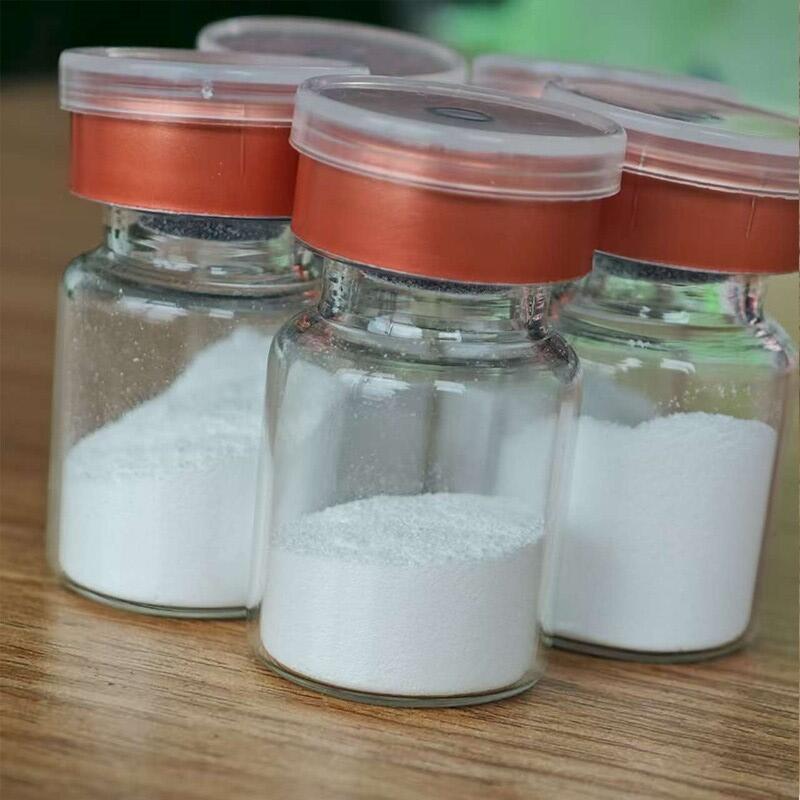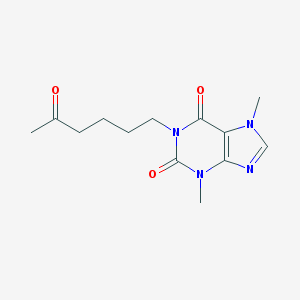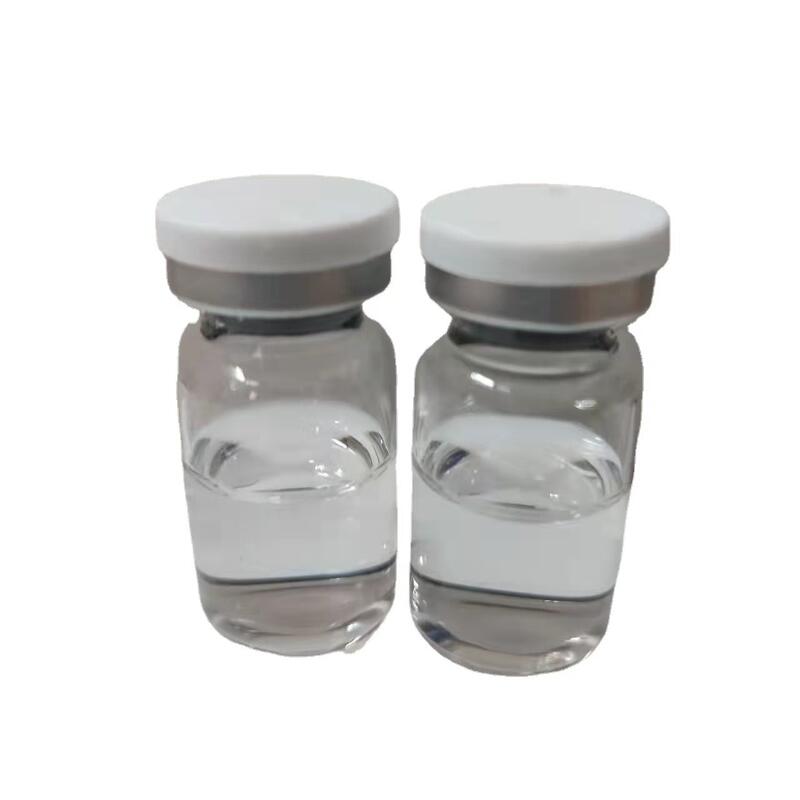-
Categories
-
Pharmaceutical Intermediates
-
Active Pharmaceutical Ingredients
-
Food Additives
- Industrial Coatings
- Agrochemicals
- Dyes and Pigments
- Surfactant
- Flavors and Fragrances
- Chemical Reagents
- Catalyst and Auxiliary
- Natural Products
- Inorganic Chemistry
-
Organic Chemistry
-
Biochemical Engineering
- Analytical Chemistry
-
Cosmetic Ingredient
- Water Treatment Chemical
-
Pharmaceutical Intermediates
Promotion
ECHEMI Mall
Wholesale
Weekly Price
Exhibition
News
-
Trade Service
The production process of 2-ethyl-4-(4-methyl-1-piperazinyl)-10H-thieno[2,3-b][1,5]benzodiazepine, also known as 2-ethyl-4-MTA-BP, is a complex, multi-step process that involves several chemical reactions and purification steps.
The final product is a white to off-white powder with a molecular formula of C21H27N5S.
It is an intermediate used in the synthesis of certain pharmaceuticals and research chemicals.
The production process can be broken down into the following steps:
- Preparation of raw materials: The production of 2-ethyl-4-MTA-BP requires the use of several raw materials, including 2-ethyl-4-methylthioamphetamine (MTA), hydroxylamine, and sodium hydroxide.
These raw materials must be of high purity and must be stored properly to prevent contamination or degradation. - Hydroxylation: In this step, hydroxylamine is added to a solution of MTA in a polar solvent, such as water or dimethylformamide (DMF).
The reaction is exothermic and requires careful temperature control to prevent explosive decomposition of the reaction mixture.
The reaction mixture is then extracted with an organic solvent, such as ether or hexane, to remove the unwanted salts and impurities. - Nitration: In this step, a solution of the hydroxylated intermediate is treated with nitric acid and water to introduce the nitro group.
The reaction is monitored by TLC or HPLC to ensure complete nitration.
The reaction mixture is then filtered to remove the insoluble salts and impurities. - Amide formation: In this step, the nitrated intermediate is treated with a primary amine, such as methylamine or ethylamine, in the presence of a strong acid catalyst, such as sulfuric acid or hydrochloric acid.
The reaction is exothermic and requires careful temperature control to prevent excessive heating.
The reaction mixture is then extracted with an organic solvent, such as ether or hexane, to remove the unwanted salts and impurities. - Purification: The resulting amide is purified by recrystallization or column chromatography to remove the impurities and to obtain a pure sample.
The pure sample is then subjected to further purification by high-performance liquid chromatography (HPLC) to remove any remaining impurities.
The final product is then dried and packaged for shipment.
The yield of the final product depends on the purity of the starting materials and the efficiency of the purification steps.
The production process of 2-ethyl-4-MTA-BP requires strict adherence to safety protocols and Good Manufacturing Practices (GMP).
The reaction steps that involve the use of strong acids and bases must be conducted in a well-ventilated area, and the personnel must wear appropriate protective equipment, such as gloves and safety glasses.
The reaction mixtures must be handled with care to prevent contamination or splashing.
In addition, the chemicals used in the production process must be stored and handled properly to prevent degradation or contamination.
The raw materials and intermediates must be stored in a cool, dry place and must be protected from light and moisture.
The final product must be stored in airtight containers and kept at a controlled temperature to prevent degradation.
The production process of 2-ethyl-4-MTA-BP is a complex and multi-step process that requires careful planning and execution.
The quality of the final product is dependent on the purity of the starting materials and the efficiency of the purification steps.
The strict adherence to safety protocols and GMP is







